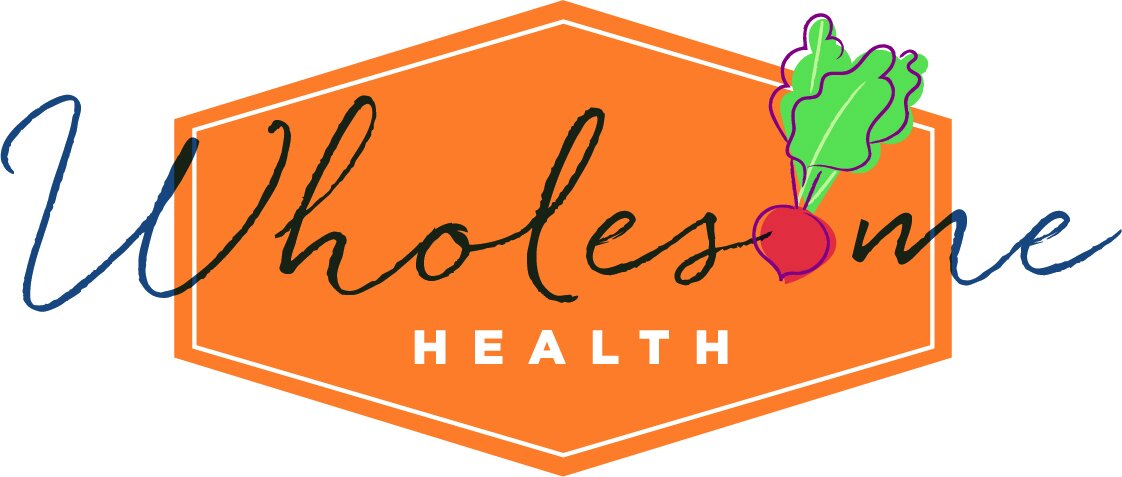Baby-Led Weaning
Last week, I talked about when to start your baby on solid foods. Most babies are ready to start solids around 6 months of age. This week I’m here to talk more about baby-led weaning or baby-led feeding, a newer concept and another way to introduce your baby to solid foods.
What is baby-led weaning?
Traditionally, babies are fed pureed foods to start with, then are gradually introduced to foods with more texture. With baby-led weaning, however, babies are first introduced to finger foods that they can grasp. This allows parents to follow their baby’s lead regarding what and how much they are ready to eat.
Foods to offer
Foods offered should still be soft enough that you can mush them between your fingers. Some examples include:
Cooked veggies such as steamed carrots, green beans, or sweet potatoes
Slices of soft fruit such as watermelon, banana, or peeled steamed apples
Sliced avocado
Shredded poached chicken
Ground beef
Mashed beans
Quartered hard boiled eggs
Strips of whole grain bread or tortillas
Tender-cooked pasta
Thinly sliced cheese
Plain Greek yogurt
Benefits
Though not all parents are comfortable with feeding their babies this way, there are several benefits to baby-led weaning:
Babies are exposed to a wider variety of textured foods. Though it may take some time for them to get used to certain textures, the more they are exposed to these foods, the more likely that they will eventually accept them.
Rather than being spoon-fed, babies are able to work on picking up foods on their own which is important for fine motor skill development.
Babies that are spoon-fed are more likely to overeat which could contribute to obesity later in life. Baby-led weaning instead promotes eating until full. Babies have an innate sense of when they’ve had enough to eat so won’t keep eating unless they are still hungry.
A word of caution
Despite the benefits of baby-led weaning, there are a few drawbacks. It’s recommended to talk to your child’s pediatrician to make sure baby-led weaning is appropriate for them, as some children may do better with spoon-feeding pureed foods.
You’ll want to make sure your baby is getting plenty of iron-rich foods if breastfeeding, such as meat, poultry, fish, beans, leafy greens, and iron-fortified cereals. Breast-fed babies need additional sources of iron starting at 6 months. Foods such as meat are trickier for young babies to eat so they may not be getting the iron that they need without a supplement.
Additionally, as with any type of feeding, it is important to avoid giving your baby foods that could pose a choking hazard, such as nuts, whole grapes or cherry tomatoes, raw vegetables, hot dogs, large chunks of meat or cheese, and crunchy snacks like popcorn or pretzels. Make sure your child is sitting upright with limited distraction so they are able to focus on eating and limit the risk of choking.
As you can see, baby-led weaning is an alternative to spoon-feeding when your baby is ready to start eating solid foods. Baby-led weaning exposes your little one to a wider variety of textures, promotes fine motor skill development, and allows greater control over food intake. When your baby is ready for solids, it’s important to consider all the options in terms of feeding methods!


